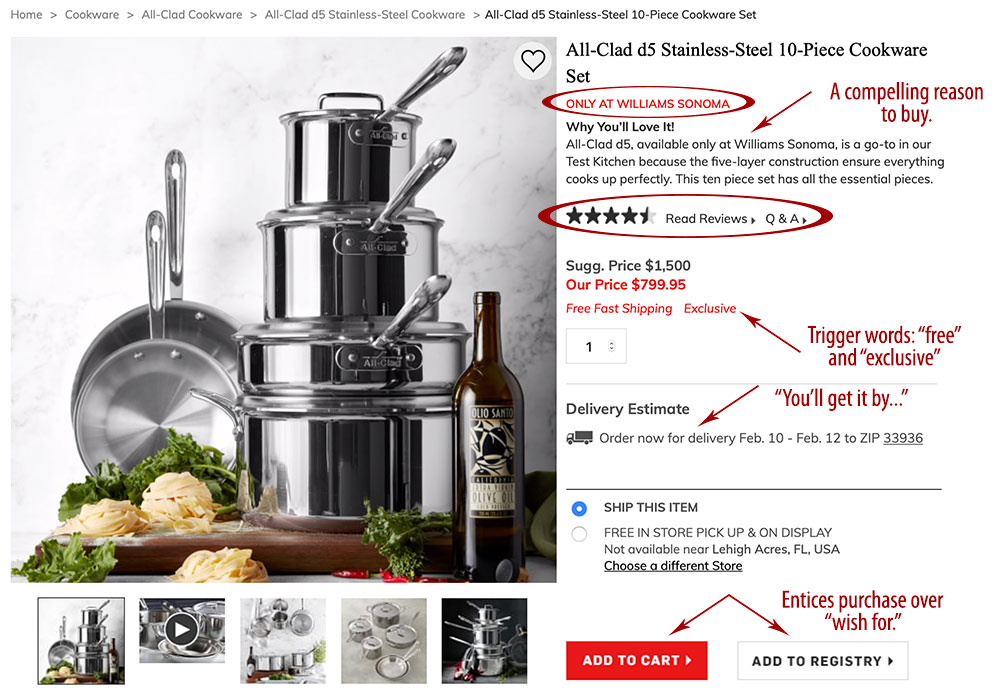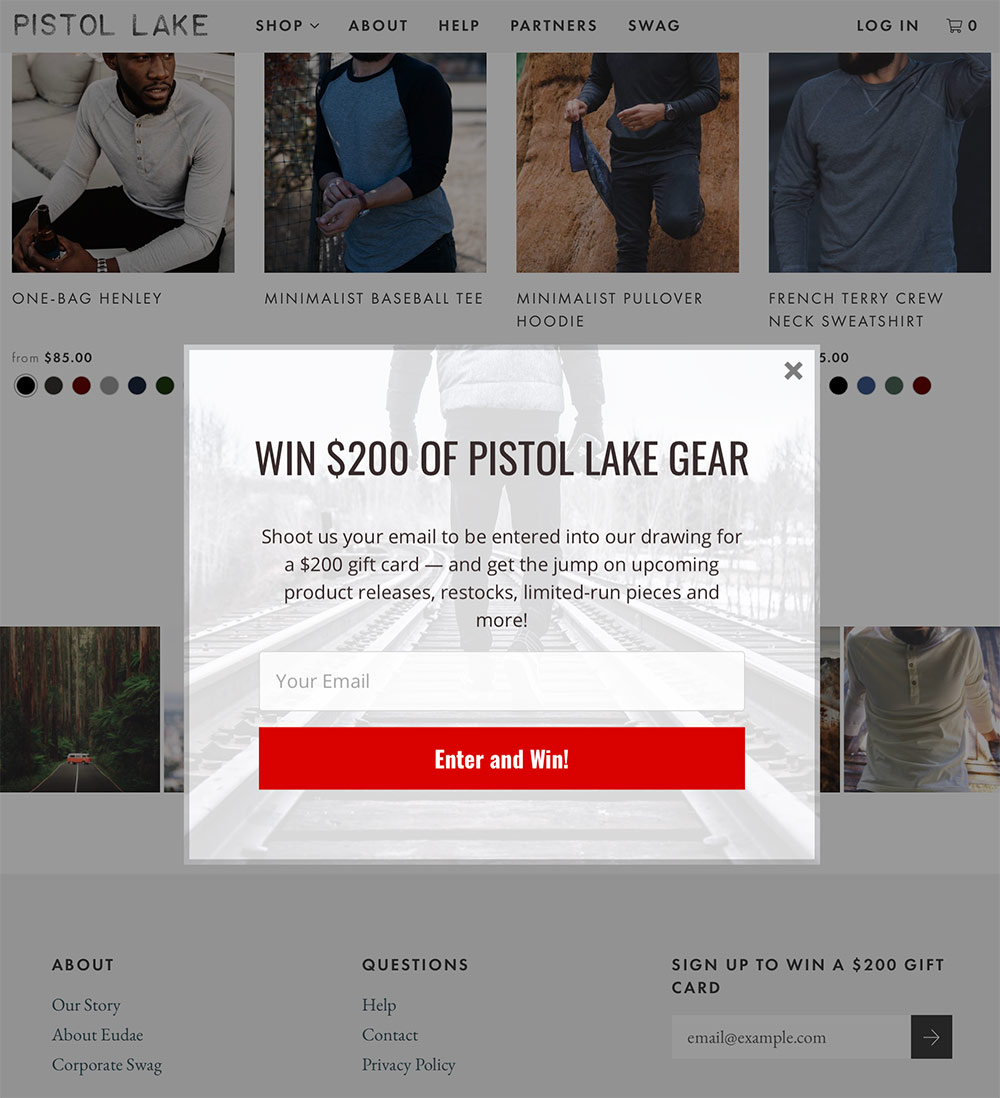A common question from ecommerce businesses is, “What is a good conversion rate?” The answer varies based on the company and the definition of “conversion.” A site selling high-ticket items would presumably have a much lower conversion rate than one selling inexpensive consumer goods, for example.
Importantly, which conversions are being measured? Newsletter signups or orders? Adds-to-cart or completed purchases? Social media likes or full reviews? First time purchasers or repeat customers?
All of those metrics are important because conversion optimization is much more than boosting immediate sales. It’s also about capturing information that could lead to sales.
In this post, I’ll look at the most common ecommerce conversion types, reported averages (based on multiple studies), and how to improve.
Add to Cart
The add-to-cart rate tells us the percentage of visitors that placed an item in the shopping cart, regardless of whether the visitors consummated the purchase. The action typically represents an intent to buy, and it is usually higher than the purchase conversion rate.
A high add-to-cart rate indicates strong product pages and calls-to-action. The average rate lingers around 9 percent. But stores selling niche or trending products can see rates of 20 percent or more.
To increase the add-to-cart rate:
- Use compelling, distraction-free product pages.
- Make the add-to-cart button stand out, above the scroll line.
- Use call-outs or icons for items that are in stock, exclusive, or in limited supply.
- Focus on the site’s overall design, navigation, and functionality. High bounce rates (the percentage of visitors that view only one page) are typically due to poor design and navigation.
Williams Sonoma’s site is a good example of high-converting product pages. The pages encourage purchases by highlighting exclusive items and product ratings. The “Why You’ll Love It” section is helpful for repeat customers. An estimated delivery date eliminates the guesswork. The site also hosts a gift registry. But enticing visitors to place products in the cart is the priority. Thus the add-to-cart button is much more prominent than the add-to-registry button.

Emphasize the most compelling details to encourage “Add to Cart” clicks. Source: Williams Sonoma.
Purchase Conversions
Adding a product to the cart is one step in the sales process. The purchase conversion rate tells us not only the percentage of buyers to visitors but also the percentage of abandoned carts. The average purchase conversion rate is around 2.3 percent, with the top performers reporting upwards of 11 percent.
Interestingly, there’s little correlation between time on site and purchases. The screenshot below from Google Analytics is from a smaller ecommerce site in the late fall of 2019.
Notice that visitors who made a purchase viewed 79,878 pages, while non-purchasers viewed 250,951 pages. Purchasers also recorded a slightly shorter time on the product page — 46 seconds versus 49 seconds. Expediting purchases is usually a function of compelling design and site navigation, before and during the checkout.

Visitors who made a purchase viewed 79,878 pages, while non-purchasers viewed 250,951 pages. Purchasers also recorded a slightly shorter time on the product page — 46 seconds versus 49 seconds. To view your chart in Google Analytics, go to Behavior > Overview and select the desired segments.
Email Signups
Not all hope is lost when you don’t get the sale. Capturing email signups is the next best conversion to a sale because it connects the site with prospects. The average conversion rate for email signups from websites using scroll boxes and popups is about 2 percent, with the highest at roughly 5 percent. The best-converting sites focus on two things:
- Monitor visitors’ page scrolling and the time on page to determine when the email call-to-action appears.
- Offer something of value, even if it’s not a discount, such as exclusive product news or rollouts.
Pistol Lake is a direct-to-consumer manufacturer of ethically produced men’s apparel. The site’s email signup popup offers the potential to win a $200 gift card as well as giving subscribers exclusive notification of products.

Pistol Lake’s email signup popup offers the potential to win a $200 gift card as well as giving subscribers exclusive notification of products.
Other Actions
Facebook and Instagram followers are not as helpful as email subscribers. Nonetheless, most Facebook and Instagram users accept the default settings for followed accounts, which increases your chances of being seen by those followers.
Finally, consider other actions that impact sales. These include live chat, social sharing, PDF downloads, and incoming phone calls. All are part of consumers’ purchase journies.
Your business may have fewer or more key conversion types. Consider all of the visitor actions that could ultimately lead to sales. Then track the performance of each action, knowing that there is always room for improvement.
February 6, 2020 at 09:38AM
via https//www.brucedayne.com/
Pamela Hazelton, Khareem Sudlow
